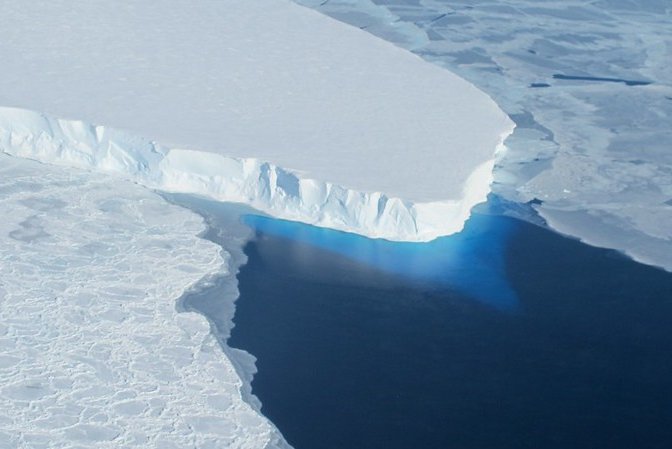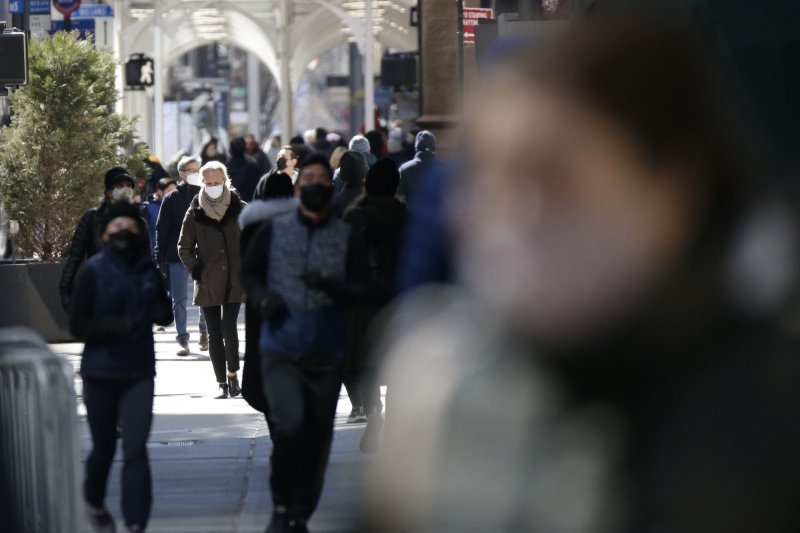Virginia General Assembly votes to legalize adult marijuana possession
April 7 (UPI) -- Virginia's General Assembly on Wednesday granted final approval to a bill to legalize simple possession of marijuana for adults and limited home growth beginning this summer.
The bill allows adults 21 and older in the state to possess up to an ounce of marijuana and grow up to four marijuana plants per household beginning July 1, making Virginia the first southern state to legalize recreational marijuana
The state House approved the measure by a 53-44 vote, while Lt. Gov. Justin Fairfax was forced to break a 20-20 tie in the Senate, voting in favor of the legislation as part of a one-day session to tie up consideration of Gov. Ralph Northam's budget and bill amendments.
Northam proposed moving the deadline to legalize marijuana possession up three years from its original date of 2024, when the state is set to begin permitting recreational marijuana sales.
Under the bill, Virginians will still be prohibited from smoking in public or in a vehicle and penalties for youth use and possession on school property will remain in place.
Plants grown at households must also be labeled, kept out of public view and outside the range of anyone under 21 years old.
"I think providing a safe, legal means for folks to produce while we set up the regulatory framework is important," Democratic Sen. Jeremy McPike said.
Northam's amendments also call for the automatic expungement of past misdemeanor marijuana convictions to begin as soon as possible.
"This is because there is a straightforward injustice to punishing people for something we've already agreed should be legal, especially when we know that the punishments are given out inequitably," said House Democratic leader Charniele L. Herring.
The proposal also requests immediate funding for a public health campaign on the risks of cannabis use and police training to identify drivers under the influence of marijuana.
Some Republicans said the early date for legalizing possession does not give law enforcement enough time to prepare.
"There is a right way and a wrong way to do this. We are doing this the wrong way by trying to rush another bill with more than 50,000 substantial changes," Republican Sen. Bryce Reeves said.
Republicans also opposed an amendment that would permit the Cannabis Control Authority to revoke a company's license if they interfere with union organizing efforts, don't pay a prevailing wage under federal law or classify more than 10% of employees as independent contractors.
"The business community in my region and across the state of Virginia are very upset," GOP Sen. Bill DeSteph said. "They see this as a back door way to appease labor union








